By David A. Norris
The hot days at Fort Texas were about to get a lot hotter. For days, the men of the 7th U.S. Infantry who garrisoned the remote fort had watched as enemy cannons were aimed at them across the Rio Grande from the Mexican town of Matamoros. Now they saw a large procession of civilians in flowing robes moving from gun to gun. One by one, each of the artillery pieces that glared at them was blessed by priests and monks.
The 500 American soldiers inside Fort Texas were caught between the guns across the river and the 4,000-man army of General Mariano Arista somewhere behind them. Their only possible help, 2,200 men under Brig. Gen. Zachary Taylor, was two days’ journey away on the Gulf Coast, loading badly needed supplies. As April 1846 slipped into May, the governments of the United States and Mexico were not yet officially at war, but military events on the Rio Grande would soon outrun politicians in Mexico City and Washington.
When the United States admitted Texas to the Union in 1845, it gained not only a vast new territory but a potential war as well. Despite its decisive defeat in 1836 at the Battle of San Jacinto, Mexico never fully accepted the loss of its breakaway province of Texas. President Antonio Lopez de Santa Anna, who had been taken prisoner at San Jacinto, signed a treaty granting Texas independence. Mexico later repudiated the treaty, leading to nine years of cold war that often heated up into border clashes and brief attempts at invasion. The admission of Texas to the Union in 1845 elevated the boundary dispute into an international crisis between the United States and Mexico.
Although the United States adopted the Texan claim that the international boundary was the Rio Grande, Mexico claimed that the boundary was the Nueces River, to the north. The diplomatic situation worsened after annexation, and President James K. Polk ordered troops to southern Texas to defend the disputed land between the rivers. Troops began landing at the mouth of the Nueces near Corpus Christi, Texas, in July 1845.
It took months to scrape together an expeditionary force from lonely frontier posts and sleepy, undermanned coastal forts across the continental United States. Some dragoons were sent without their mounts, and some artillery units went with neither horses nor guns. Eager as always to save money, the Quartermaster Department resisted sending enough horses and mules for the army, insisting that wild Texas mustangs could be caught and broken for use at a substantial savings to the government. Mustangs were tough and wiry, and they could live off prairie grass instead of expensive feed. Unfortunately, the little horses were about as useful as goats for pulling heavy guns and wagons.
The Tent City at Corpus Christi
By October 1845, about 4,000 men were camped at Corpus Christi. It was nearly half of the 8,500-man U.S. Army at the time and comprised far more troops than had been assembled at once since the War of 1812. Officers who for years had needed to know only how to drill an understrength company or two had to learn to maneuver a regiment or brigade. Because cavalry made up a high proportion of the Mexican Army, the men practiced forming into squares to repel enemy horsemen.
A great city of tents sprawled across the wide, sandy beach at Corpus Christi, a small, scruffy settlement that survived in large part by smuggling. In a way, this was fortunate. On the map, the spot looked like a good disembarkation point, but the coastal waters there were so shallow that none of the transport ships could land, and goods and men had to be transferred onto smaller boats. Some smugglers turned an honest dollar by renting their shallow-draft boats to the Army.
General Zachary Taylor commanded the American forces. Born on a Virginia plantation in 1784 and reared on the Kentucky frontier, Taylor had joined the Army in 1808. Nicknamed “Old Rough and Ready,” the tobacco-chewing Taylor cared nothing for military pomp and splendor. In the field, he often dressed more like an old farmer than a commanding general. His men loved his courage, his willingness to share their hardships, his informality and sense of humor. Soldiers often repeated the tale of a fresh young lieutenant who arrived to report to General Taylor. The shavetail saw an older gentleman behind the commander’s tent, wearing scruffy civilian clothes and cleaning a sword. Mistaking Taylor for a servant, the lieutenant offered him a dollar to clean his sword as well, and left. The next day, the young lieutenant returned, and the “servant” introduced himself as General Taylor. The general handed the newly cleaned sword over to the mortified officer—and asked the young man for his dollar.
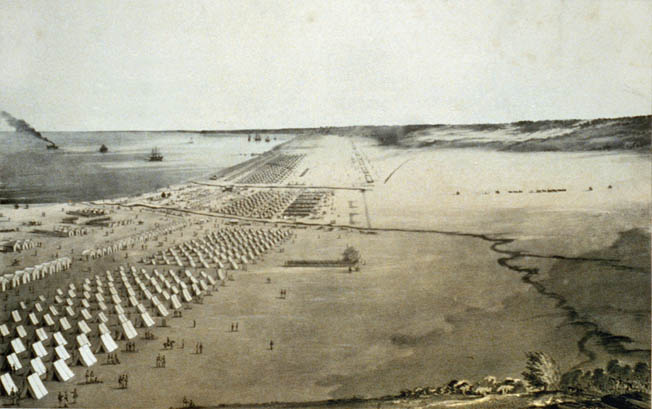
A 100-Mile March
Taylor received orders in February 1846 to march 100 miles to the disputed Rio Grande. Taylor’s officers included several lieutenants and captains who a few years later would become famous in the Civil War: Ulysses S. Grant, James Longstreet, Edmund Kirby Smith, George Gordon Meade, William J. Hardee, and Braxton Bragg. Taylor’s force also included a valuable asset, an artillery contingent numbering four 18-pounder siege guns and three of the Army’s five batteries of flying artillery.
Under the command of Major Samuel Ringgold, the flying artillery units were renowned for their readiness and mobility. When fully equipped, the gunners had their own mounts, rather than having to hold onto the caissons and limbers. Their brass 6-pounder guns could be shifted, placed in battery, and fired much more quickly than regular artillery. The 6-pounders’ 1,500-yard range allowed the batteries to fire well out of musket range of the enemy. During public demonstrations before the war, Ringgold’s gunners impressed many observers with their speed and skill, but the coming battles would be their first test in actual combat.
Along the way to the Rio Grande, Taylor split up his army. He sent one detachment to Point Isabel on the coast to set up a supply depot; the rest pushed on to the border. On March 27, they erected a fresh-cut mesquite pole and raised the Stars and Stripes on the Rio Grande, across from the Mexican town of Matamoros. Under the glare of a Mexican army that was fast building its own fortifications, they constructed a strong earthwork surrounded by a moat. Under the guns of two armies, the people of Matamoros tried to keep on with their normal lives. Across from the menacing American fort, women still walked down to the river to wash their laundry.
Mexican forces in the region were commanded by Maj. Gen. Pedro de Ampudia, a Cuban-born officer who had fought against the rebellious Texans in 1836. Ampudia was replaced on April 24 by Maj. Gen. Mariano Arista. Born in 1802, Arista enlisted as a cadet in the Spanish forces near the end of the colonial era. After independence, he rose to command the Army of the North. Entrusted with defending the Texas border, Arista’s force contained some of the best units in the Mexican Army.
“Hostilities May Now be Considered to Have Commenced”
War had not yet been declared, but tensions heated up between the two armies. In the most serious incident, 1,600 lancers and other troops under Brig. Gen. Anastasio Torrejón crossed the Rio Grande. Two companies of dragoons, numbering about 60 men under Captain Seth Thornton of the 2nd U.S. Dragoons, rode 25 miles up the Rio Grande to investigate reports of Torrejón’s movement. On April 25, Thornton’s party was ambushed by Torrejón at Rancho de Carrecitos. Eleven dragoons were killed, including Lieutenant George Thompson Mason. Thornton was wounded and became separated from his force.
Future Confederate general William Hardee took command of a band of two dozen survivors, many of whom had lost their sabers, pistols, and carbines in the confusion. Eventually, Hardee surrendered to the several hundred lancers who surrounded him, and most of the rest of Thornton’s men fell into enemy hands singly or in small groups. As far as Taylor was concerned, he wrote to President Polk, “Hostilities may now be considered to have commenced.”
The tenuous American supply line worried Taylor even more than the Thornton incident. His army was running low on food, and the lightly guarded Point Isabel depot was vulnerable to capture. Taylor and most of the army marched back to Point Isabel on May 1. He left Major Jacob Brown and the 7th Infantry with a handful of artillerymen to hold Fort Texas.
Figuring that an all-out attack on the fort would be too costly, Arista instituted a siege of the fort. In Matamoros, drums pounded and church bells clanged, adding to the commotion as Mexican guns opened fire on Fort Texas on May 3. One of Brown’s first shots from an 18-pounder sent a Mexican 12-pounder and its crew spinning into the air. The Mexican mortars were harder to deal with. Settled deep in the ground and well protected by earthworks, the mortars were out of the reach of American guns. Meanwhile, the Mexican gunners sent shell after shell into the fort. American soldiers built makeshift bomb proofs and shelters with walls of pork barrels roofed over with boards and covered with dirt.
On the first day of the bombardment, Sergeant Horace Weigart was killed by a Mexican shot. His body was laid out on a table in a hospital tent. A subsequent shell tore through the canvas, buried itself in the ground, and exploded. The concussion bowled over several men, and a fragment of the shell knocked off the rest of Weigart’s head. After the sergeant was buried, yet another shell plunged into the ground at his burial place and exploded, throwing his body out of the grave.
Major Brown himself was fatally wounded on May 6, and Captain Edgar S. Hawkins of the 7th Infantry took over command of the fort. Enemy accuracy gradually increased. Hawkins observed that on May 7, half of the shells fired by the Mexican gunners struck the fort. American defenders ran low on ammunition and had to slow their rate of return fire.
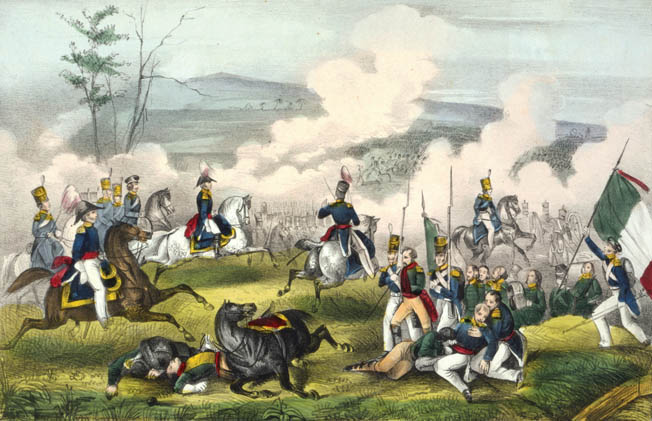
The Battle of Palo Alto Begins
Taylor left for the Rio Grande on May 7 with 200 baggage wagons and two more 18-pounders, each of which required a 20-ox team to pull it. Ringgold’s battery and another flying battery under Captain James Duncan rounded out the force. They made about seven miles before halting to set up camp. Arista was also on the move. Early on the morning of May 8, Arista’s 4,000 men lay in wait for Taylor on the Matamoros Road at a place called Palo Alto (Spanish for “tall trees.”) The site’s name came from low ridges, crowned with trees and brush, that stood out from the surrounding prairie. The Mexican line, anchored by cavalry on each flank, stretched for over a mile. Around and behind them were dense thickets of chaparral, which gave way in front to coastal prairie dotted with ponds and bogs.
Taylor’s men pushed through a stand of thick, almost shoulder-deep prairie grass. Each blade was “pointed at the top, and hard and almost as sharp as a darning-needle,” recalled Lieutenant Ulysses S. Grant. About noon on May 8, the Americans were still about 12 miles from Fort Texas when they saw the distant flashes of sunlight dancing on the lance tips and bayonets of the enemy.
The prospect of defeat at Palo Alto threatened the loss of Fort Texas, the depot at Point Isabel, and the entire American expeditionary force. There was no natural shelter for the supply wagons, and Taylor’s only horse soldiers were two companies of dragoons. To make matters worse, the men were suffering from heat and thirst during the march. Seeing a pond nearby, Taylor, calmly chewing tobacco while sitting on his horse, Old Whitey, ordered a halt. Each company dispatched a platoon, loaded with canteens, to the waterhole while “Old Rough and Ready” planned their next move.
Taylor lacked a clear picture of the enemy line because prairie grass and high chaparral obscured it in several places. Lieutenant Jacob Edmund Blake of the engineers made a galloping reconnaissance of the Mexican line, spurring his horse within 150 yards of their guns. Blake’s dash revealed the location of two more enemy batteries, and the lieutenant also learned that a swamp and a wooded rise protected Arista’s flanks.
“Fifth Infantry! Form Square!”
At 2 pm, Arista’s guns opened fire on Taylor’s men, who were in formation three-quarters of a mile away. The Mexican guns, eight 4-pounders and two 9-pounders, threw copper projectiles rather than iron balls. Their solid shot passed through the American ranks, but did no damage. Experiencing his first action, Grant remembered that the enemy shot “would strike the ground long before they reached our line, and ricocheted through the tall grass so slowly that the men would see them and open ranks and let them pass.”
Ringgold and Duncan moved their batteries ahead of the line as the 18-pounders under Lieutenant William H. Churchill opened fire. With 5.3-inch bores, the big, iron 18-pounder tubes alone weighed over 4,600 pounds. In contrast to the Mexican artillery, which pecked away feebly at Taylor’s cannon, the American 18-pounders ripped into Arista’s troops with deadly effect.
Seeing the carnage wreaked by Taylor’s guns, Arista sent Torrejón’s lancers to charge the American right. The lancers intended to turn Taylor’s flank or fall upon the wagon train. A flustered Hungarian-born soldier ran up with a message for Taylor, sputtering, “De Mexican! De Mexican!” while he pointed frantically to their right. Stands of brush blocked the sight of the approaching enemy, but after some anxious moments, a staff officer who knew some German was able to coax more details from the rattled messenger. Taylor ordered Colonel James S. McIntosh of the 5th U.S. Infantry to form his regiment against cavalry.
McIntosh’s voice boomed out: “Fifth Infantry! Form square!” The tedious drilling at Corpus Christi was about to pay off. Two sides of McIntosh’s square, bolstered by two of Ringgold’s guns under Lieutenant Randolph Ridgely, faced the onrushing horsemen. Torrejón’s lancers, slowed by a muddy bog and volleys of musketry, drew up 40 yards short of the square. The lancers returned fire for a few minutes before they were pushed back. Torrejón regrouped and struck Taylor’s left before being pushed back once again.
Advancing Through the Smoke
Ignited by the muzzle blasts of the American guns, fires broke out in the prairie grass. By 4 pm, smoke from the grass fires choked the battlefield and stopped the fighting for 45 minutes. Under cover of the smoke, Taylor pushed his right to where the original Mexican line had been. When the smoke faded enough for the gunners to see again, the American batteries opened fire.
Arista’s guns, meanwhile, shifted their aim to bear on the deadly artillery, particularly Ringgold’s battery, which was positioned in front of the American right. Ringgold was riding his famous thoroughbred racehorse, Davy Branch, when they were both struck down. A 4-pounder ball killed Ringgold’s horse, broke Ringgold’s two holstered pistols, and tore through both his thighs without breaking the bones. Thrown to the ground, Ringgold sent back a soldier who was coming to his aid, telling him, “Don’t stay with me; you have work to do.”
Arista made a final attempt to turn the American left flank with a combined infantry and cavalry attack. Once again, the American artillery proved decisive. This time it was Duncan’s battery of the 2nd Artillery that came to the rescue, blasting the attackers with canister and breaking their charge. Fighting continued, with neither side gaining a decisive edge until the sun began to set at about 7 pm. Taylor’s army held the position the Mexican army had occupied that morning. American losses were very light. Taylor reported that he lost nine dead, 44 wounded, and two missing—a small loss indeed compared to Arista’s 500 or more casualties.
The bright, nearly full moon shone gently through the haze of the still-smoldering grass fires as the exhausted men settled into camp. Lieutenant Blake, who had survived his daring gallop past the entire Mexican line, took off his sidearm before turning in. The pistol slipped from his grasp, hit the ground, and discharged a ball that killed him instantly.
Artillery Duel on the Matamoros Road
Before dawn on the morning of May 9, Arista fell back from Palo Alto. He staked out a new defensive line five miles farther along the Matamoros Road at Resaca de la Palma, an old riverbed of the Rio Grande. The resaca was a shallow ravine that made a fine breastwork, and the line was further protected by shallow ponds and extensive stretches of chaparral thickets with what one American described as “various kinds of bushes, and briars, all covered with thorns, and so closely entwined together by their respective branches as to prevent the passage of anything through larger than a wolf or hare.” The superior American artillery would not be much use in this tangled stretch of forest. Of course, Arista’s cavalry couldn’t operate in the chaparral either.
Taylor summoned 13 officers to a council of war. The mood was cautious. They had held their own against a larger enemy force, but only four of the officers favored an aggressive attack. The rest wanted to dig in and await reinforcements or return to Point Isabel. Taylor thanked them for their opinions and then told them that they would be in Fort Texas “before night, if I live.” The only clear route back to Fort Texas was along the Matamoros Road, which was well defended by Mexican artillery where the road crossed the resaca. Arista, certain that Taylor would consider his line impregnable, settled into his tent to write reports.
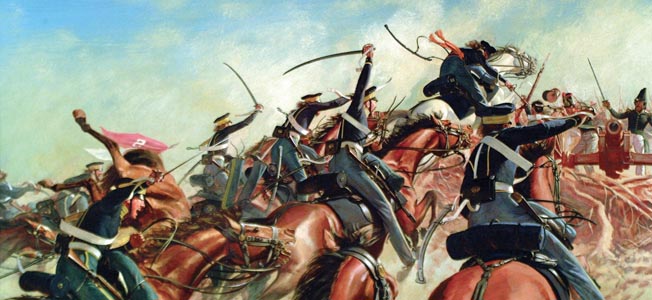
Ringgold and the other wounded men were sent to Point Isabel. After ordering earthworks dug for the 18-pounders and a pair of 12-pounders, Taylor set off with 1,800 troops to go after Arista. About 3 pm, the light companies Taylor had sent probing the chaparral located the enemy. Ringgold’s battery, now commanded by Ridgely, engaged the Mexican guns on the Matamoros Road, while the 3rd, 4th, and 5th Infantries spread out on either side in the chaparral.
Ridgely faced three Mexican batteries, numbering eight guns in all. The Mexican guns were backed by the Guarda Costa of Tampico, one of the finest units in the army. The Guarda Costa never wavered, even when Ridgely’s guns tore into their ranks. Return fire knocked down several of Ridgely’s gunners, and he sent a plea for reinforcements.
“Take Those Guns and, by God, Keep Them!”
Taylor ordered Captain Charles May of the 2nd Dragoons to charge the Mexican artillery. When May neared Ridgely’s guns, the artillerist stopped him. “Hold on, Charley,” said Ridgely, “until I draw their fire!” The bugler sounded the charge, and the army watched as May’s 60 dragoons broke into a gallop. The dragoons disappeared from view, enveloped in the smoke gushing from the Mexican guns. A few yards in front of his men, May jumped his horse over the ditch and breastworks. The dragoons rode down or stampeded all the enemy gunners, but the momentum of the charge carried them past the guns. The dragoons were so scattered that when May pulled to a halt he found himself accompanied by fewer than six men. One dragoon officer was killed when his horse panicked in the chaos and stampeded into a company of enemy lancers.
May rallied his men for another attack against the guns. As the dragoons reached the guns, General Romulo Diaz de la Vega raised a portfire (friction primers were still coming into use at the time) to fire a cannon. A dragoon attacked de la Vega. Trapped between the wheels of the gun, the general fought on, refusing to surrender to a common soldier. When May rode up to the gun, de la Vega asked if he was an American officer. May replied that he was a captain, and the combative general handed his sword to the other officer. De la Vega’s stubborn valor was admired by Taylor’s army. Taylor later handed de la Vega’s sword back to him and even provided the general with a letter of credit to his commissary merchant.
Caught in a heavy infantry crossfire and with no reinforcements on the way, May abandoned the captured guns and rode back to Taylor’s lines with his prisoners. He had neglected to spike the pieces, and Mexican gunners reloaded as soon as the dragoons were gone. Taylor, seeing May ride back, snapped, “Take those guns and, by God, keep them!” The 8th Infantry, which had just come up, joined the 5th in an attack that took the Mexican batteries for good.
Ulysses S. Grant’s Command
Lieutenant Grant, temporarily in command of his company, pushed blindly through the chaparral on the right flank, “taking advantage of any clear spot that would carry me towards the enemy. Balls commenced to whistle very thick overhead. I ordered my men to lie down, an order that did not have to be enforced.” When the firing stopped, Grant moved forward until he found a clear space in the brush. They charged a handful of Mexican soldiers, including a wounded colonel, who offered no resistance. Grant was sending the prisoners to the rear when a private appeared from the front with a wounded American officer. A disappointed Grant realized that they had recaptured an area already secured by advancing troops. “The Battle of Resaca de la Palma would have been won,” he thought, “just as it was, if I had not been there.”
By the time Grant sent back his prisoners, the entire Mexican army was crumbling. Retreating Mexican soldiers burst from the brush near Fort Texas, heading for the Rio Grande, and the fort turned its guns on them. The crossing of the river was almost as deadly as the battle itself. Many Mexican soldiers drowned trying to swim the Rio Grande. Some of them were lost after a Mexican officer capsized a ferry by jumping his horse onto it.
Taylor sent news of his victory to the garrison at Fort Texas. But when the messengers approached the fort, they brandished so many captured Mexican standards that jumpy sentinels mistook them for attackers and shot at them. Although many hundreds of rounds of shot and shell struck Fort Texas, Major Brown and Sergeant Weigart were the only two fatalities of the bombardment. Brown died at about 2 pm on May 9, just before the garrison heard the first shots of the Battle of Resaca de la Palma. The name of the fort was changed to Fort Brown in his honor, and town of Brownsville, Texas, grew up around the fort.
In his May 16 report on Resaca de la Palma, Taylor listed three officers and 36 men dead, and 12 officers and 71 men wounded; five other men were missing. Arista admitted to 600 casualties, although American reports put his losses at more than twice that high. Arista’s personal papers and baggage were taken, and American officers wrote letters about their victories on the general’s personal stationery. American forces captured eight guns, 500 mules, 450 British-made flintlocks bearing the crest of George IV, 100,000 musket cartridges, 5,000 musket flints, and 18 lances. To many of the soldiers, the most important capture was the haul of several thousand fine Mexican cigars.
A Formal Declaration of War
On May 14, an exchange of prisoners returned Thornton, Hardee, and the others. De la Vega and some other captured Mexican officers were sent to New Orleans. Thornton died later in the war, killed while escorting a party of army engineers on a reconnaissance mission outside Mexico City in 1847. On May 13, four days after the fighting ended at Resaca de la Palma, Congress formally declared war on Mexico. Congress had reached its decision after receiving news of Thornton’s ambush. Texas was still so remote that it took until May 23 for news of Taylor’s battles near the Rio Grande to reach Washington.
Taylor’s twin victories provoked a sharp change in public opinion. For years, a sizable number of Americans, including many members of Congress, had believed that it was a waste of money to pay for the national military academy at West Point and the permanent maintenance of a standing army. Volunteers and militia, they said, could handle any national emergency better than the “epauletted loafers” of the professional army. Now, an army filled with West Point-trained officers had smashed a much larger enemy army with minimal casualties. The general public was thrilled to read glowing newspaper accounts of Taylor’s battles, and many doubters were now convinced of the value of the national military academy.
New tunes such as “The Palo Alto Triumphant Grand March” and “The Resaca de la Palma Waltz” swept the country. Theatrical productions, heroic poems, and Currier and Ives prints celebrated the victories. Dry goods stores advertised “Ringgold caps” and “Palo Alto plaids.” Several American towns were named Palo Alto, Resaca, or Ringgold. In 1864, one of these towns—Resaca, Georgia—would itself be the site of a battle during the Civil War. The Palo Alto battleground in Texas would also hear the roar of guns again. Nineteen years later, almost to the day, on May 12-13, 1865, the last battle of the Civil War was fought nearby at Palmito Ranch, Texas.
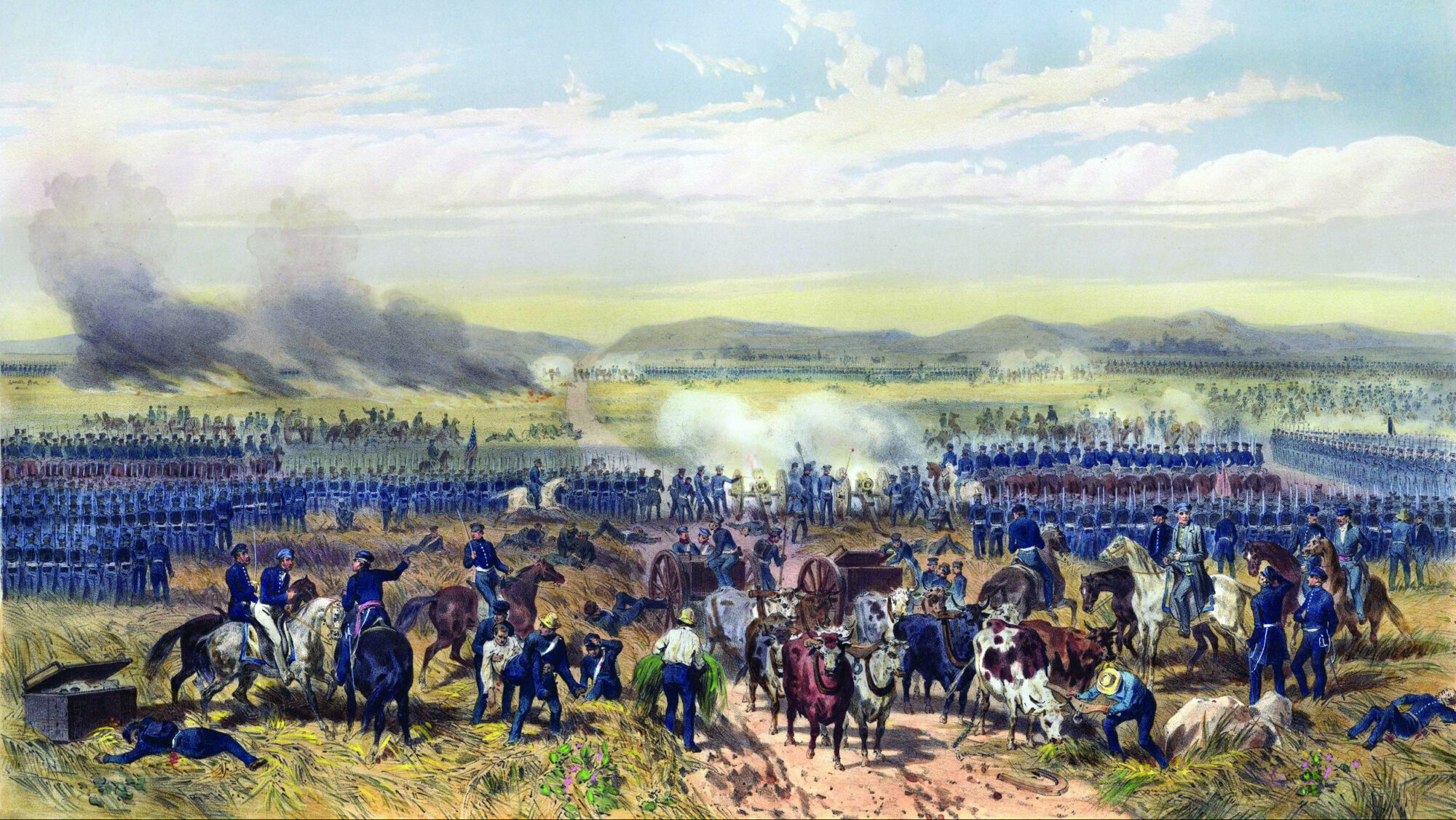
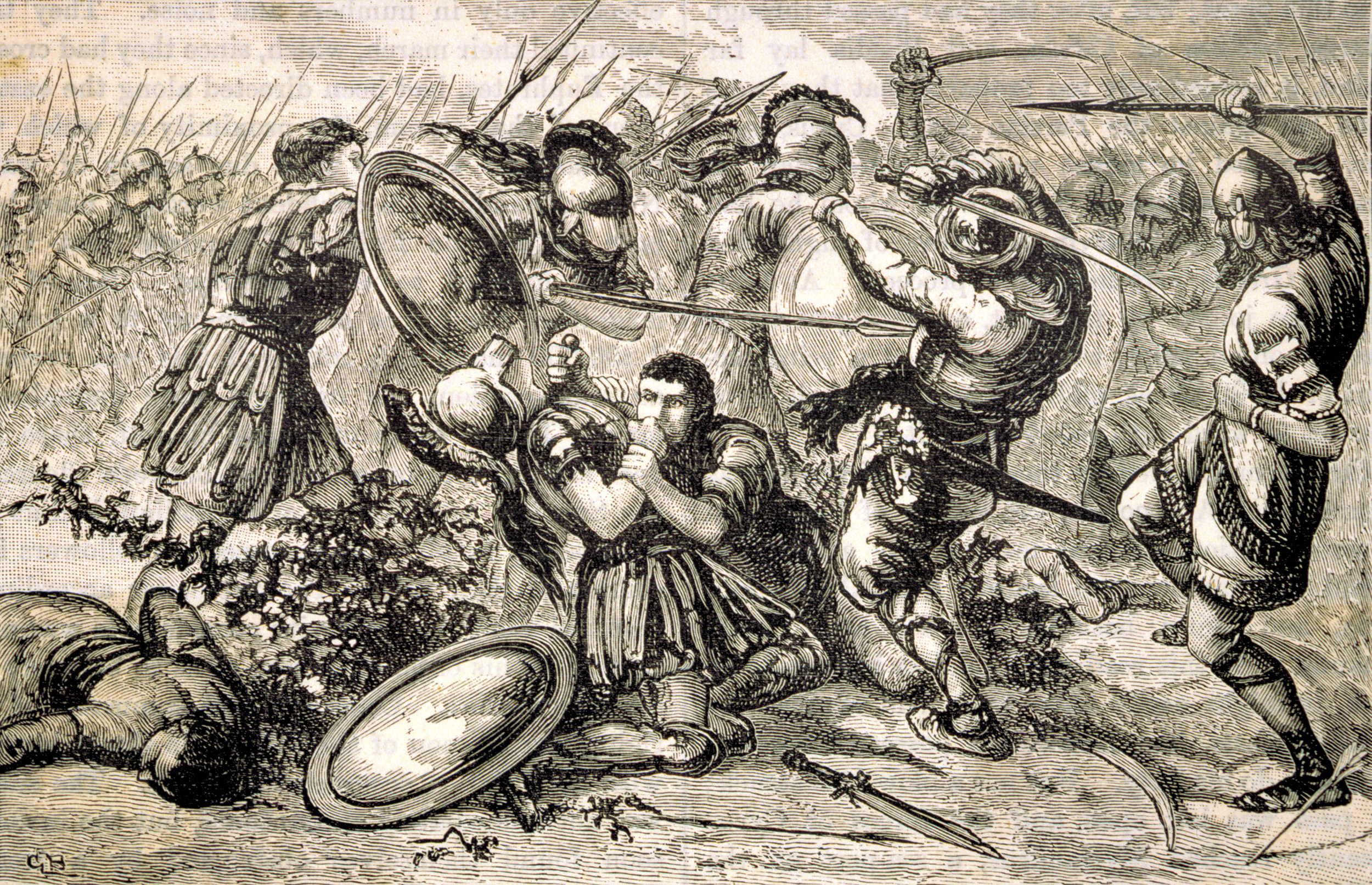

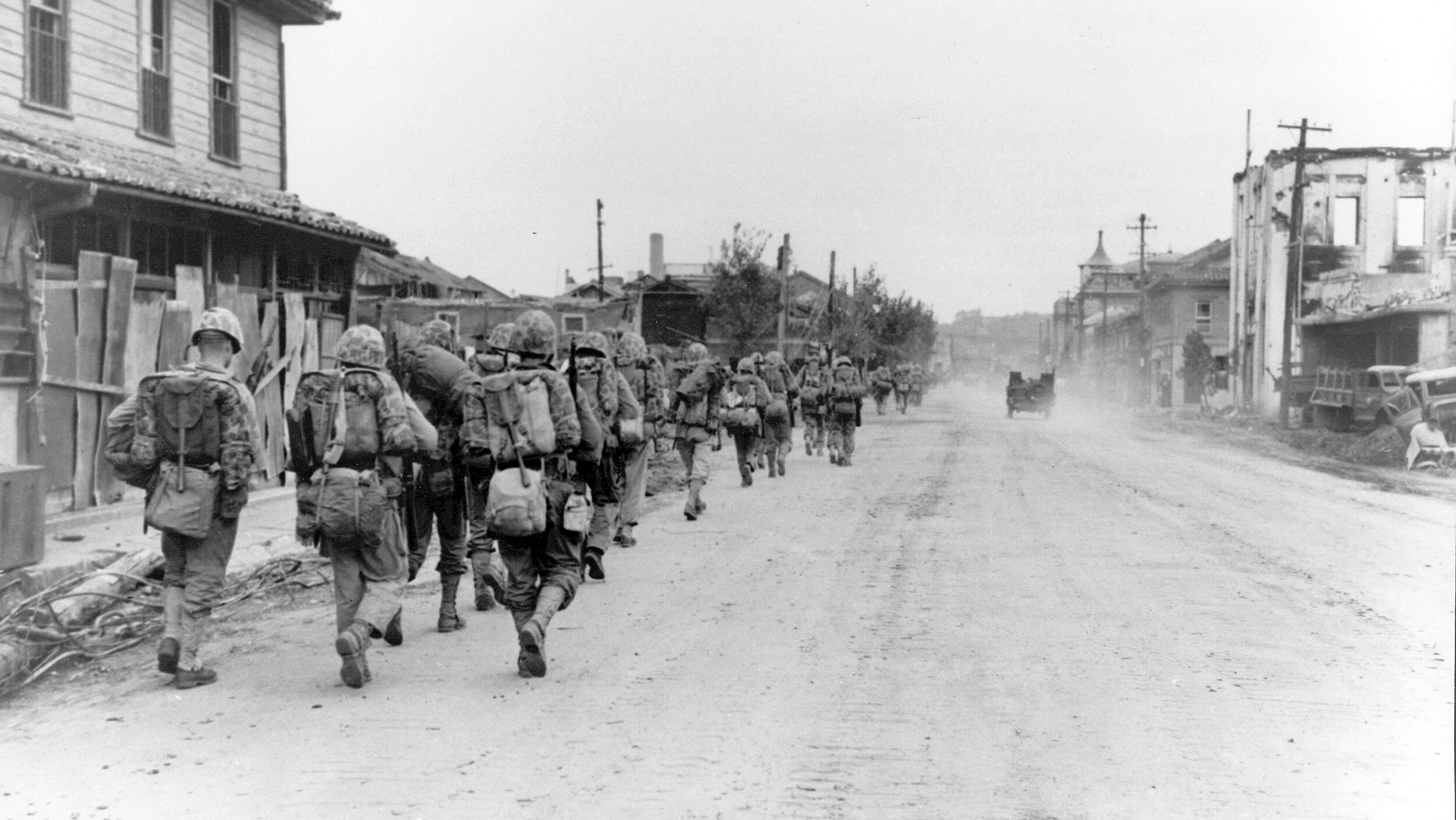
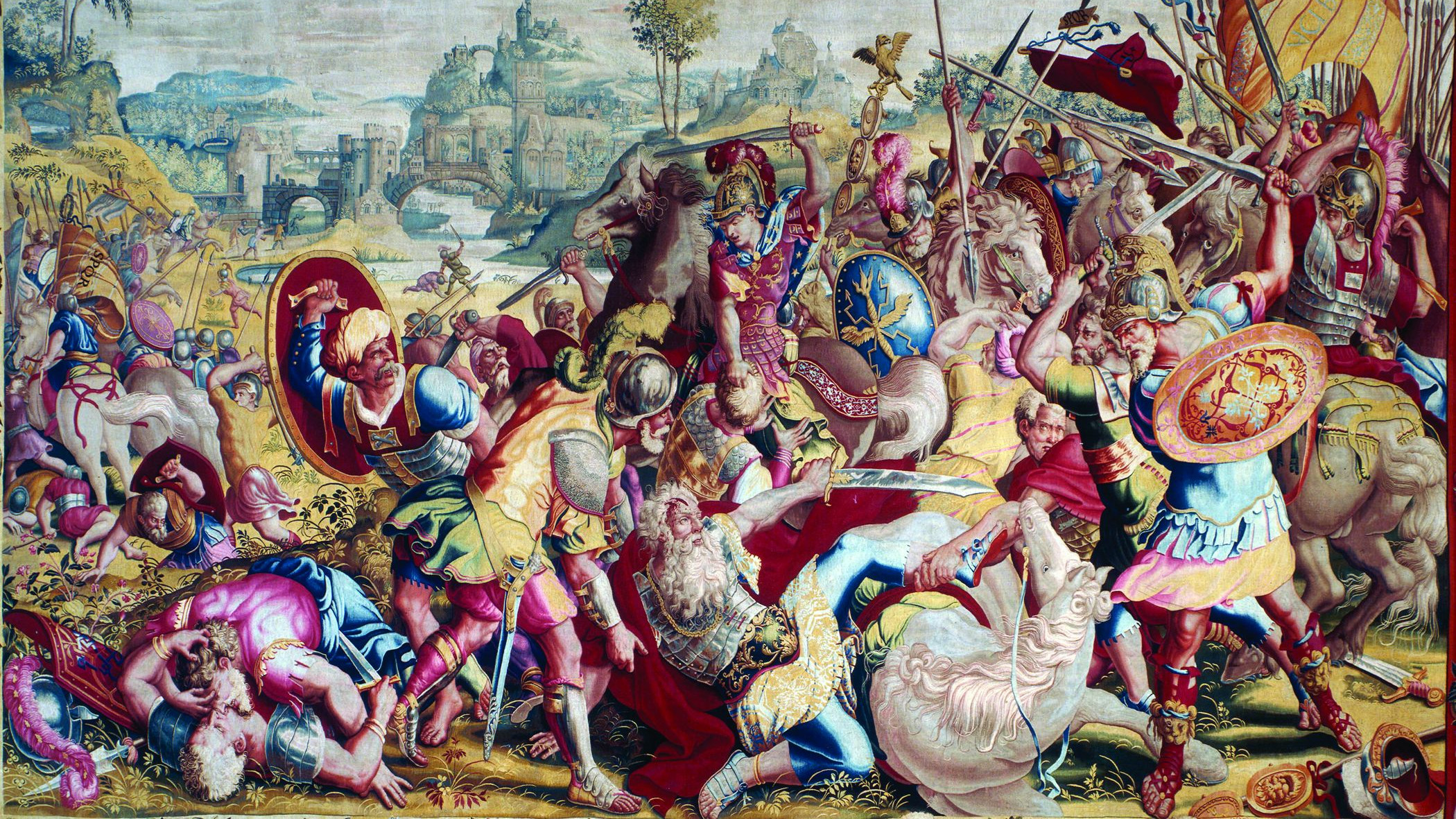
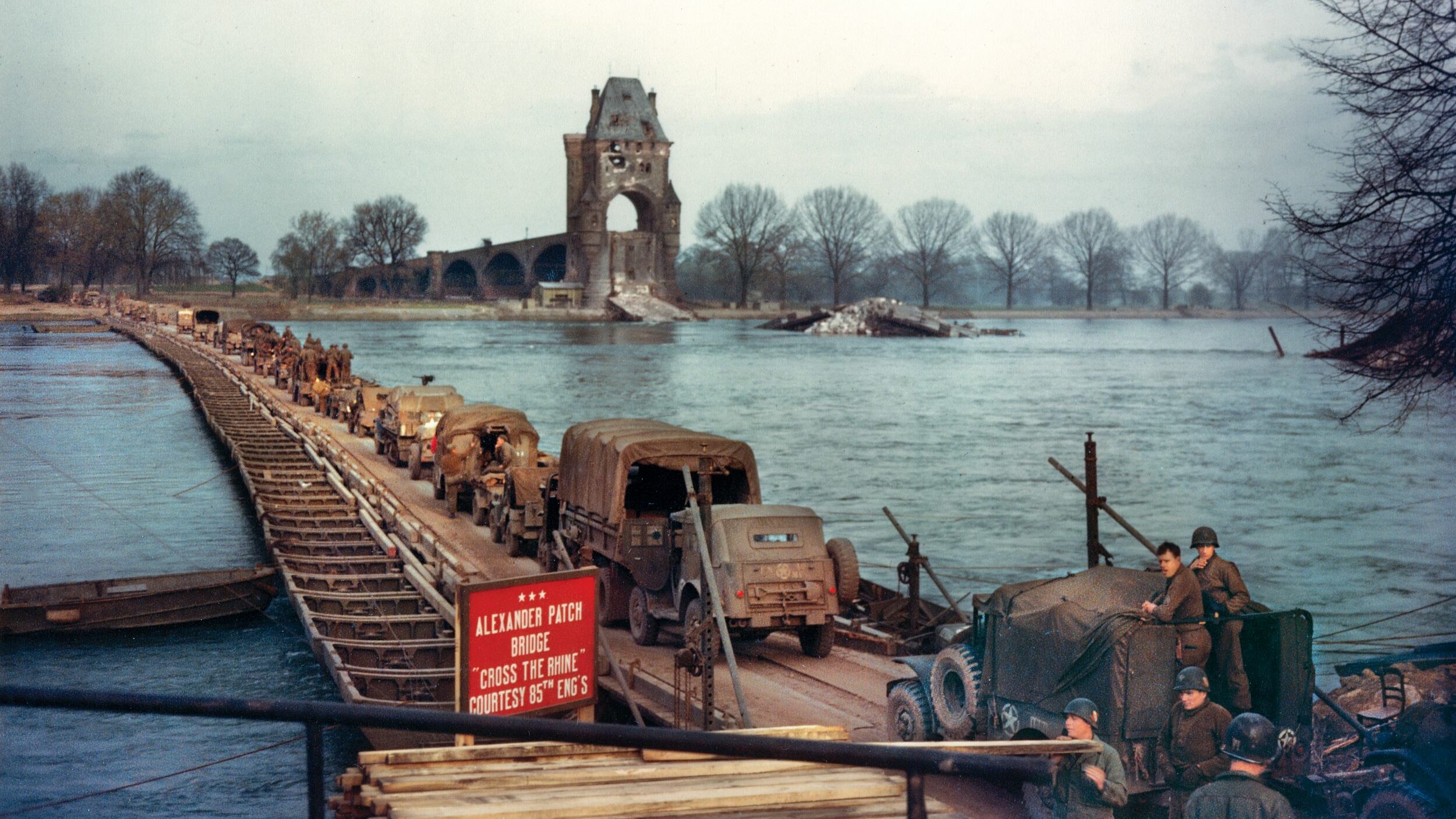
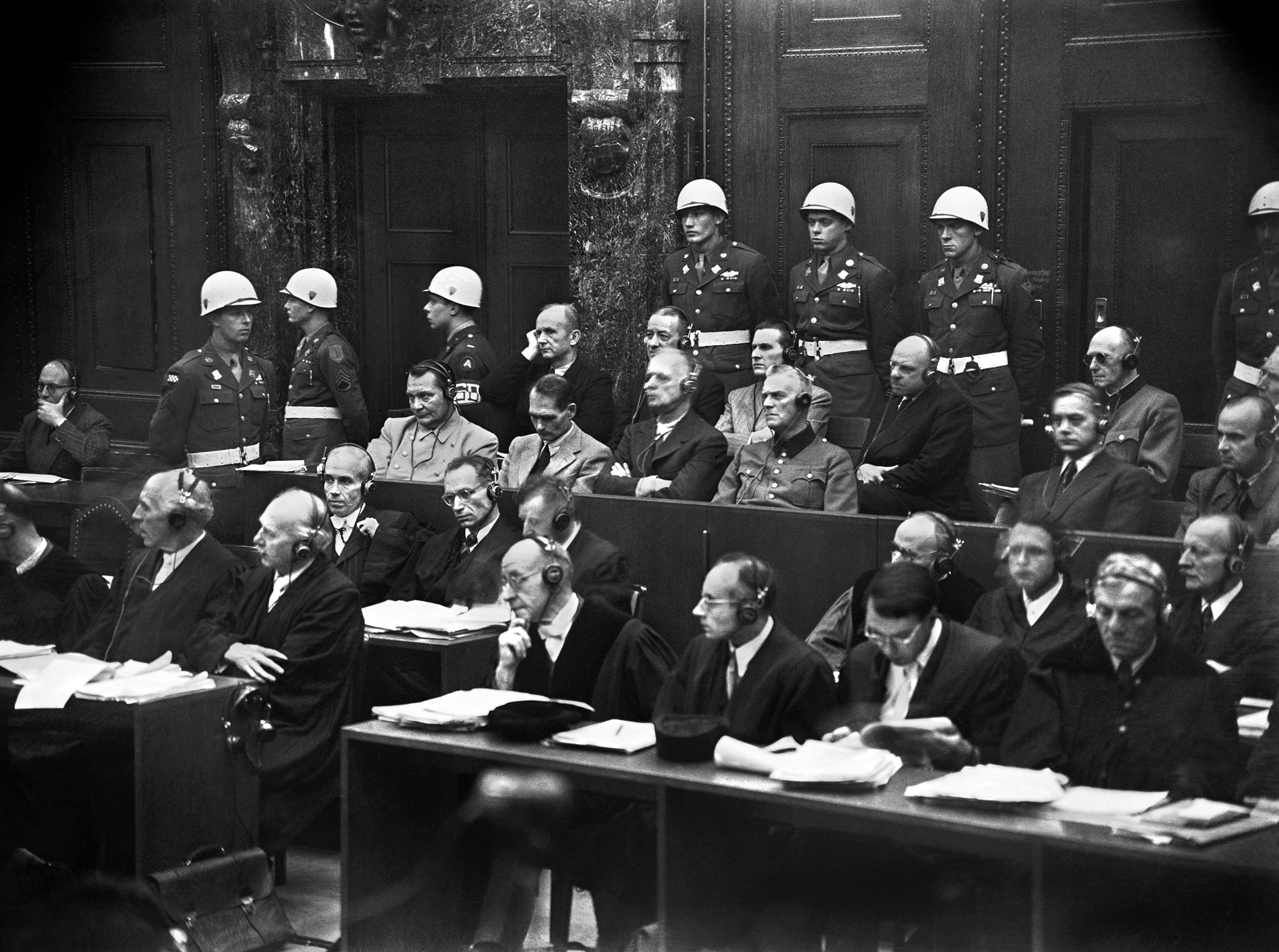

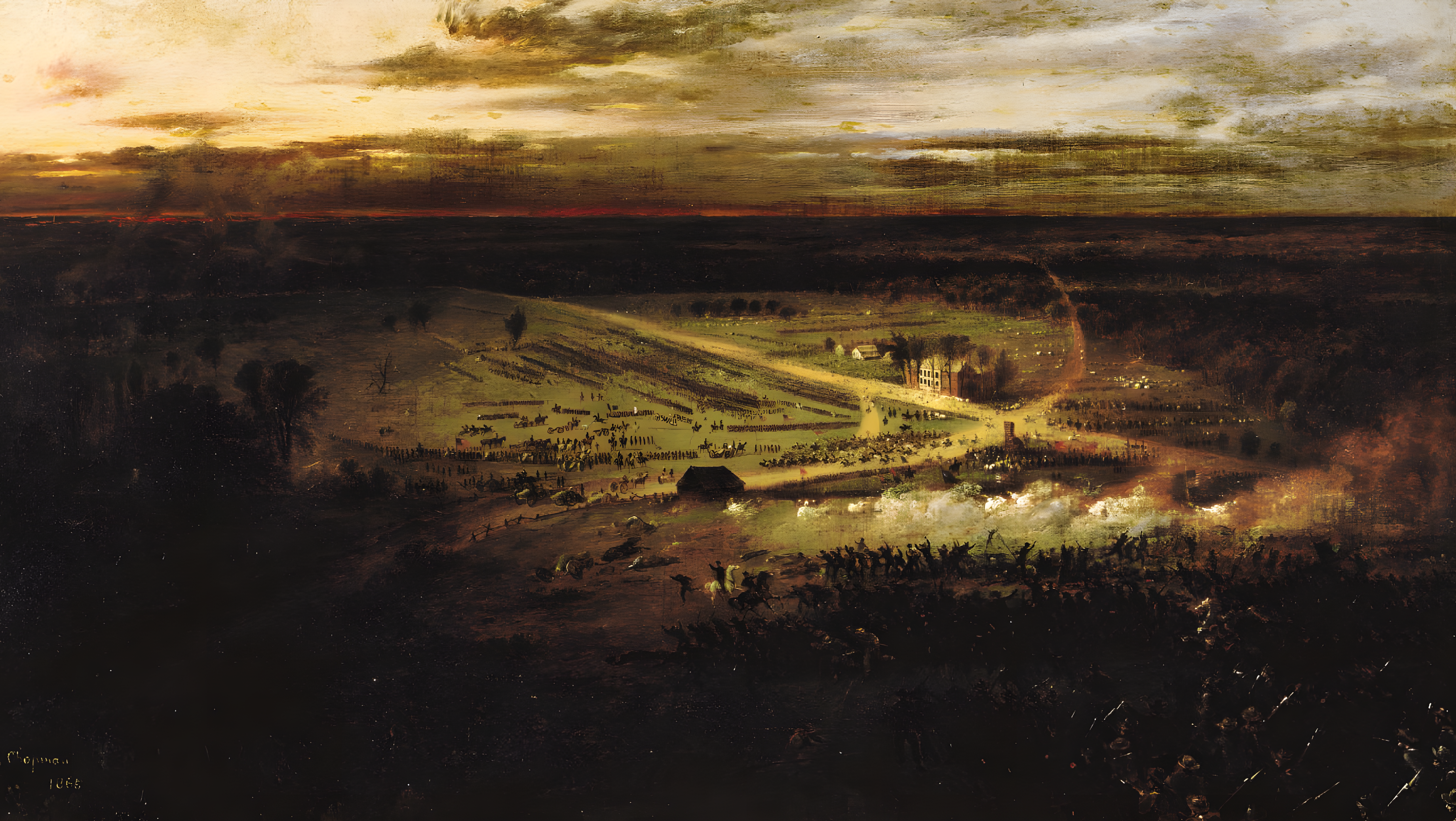
Join The Conversation
Comments
View All Comments